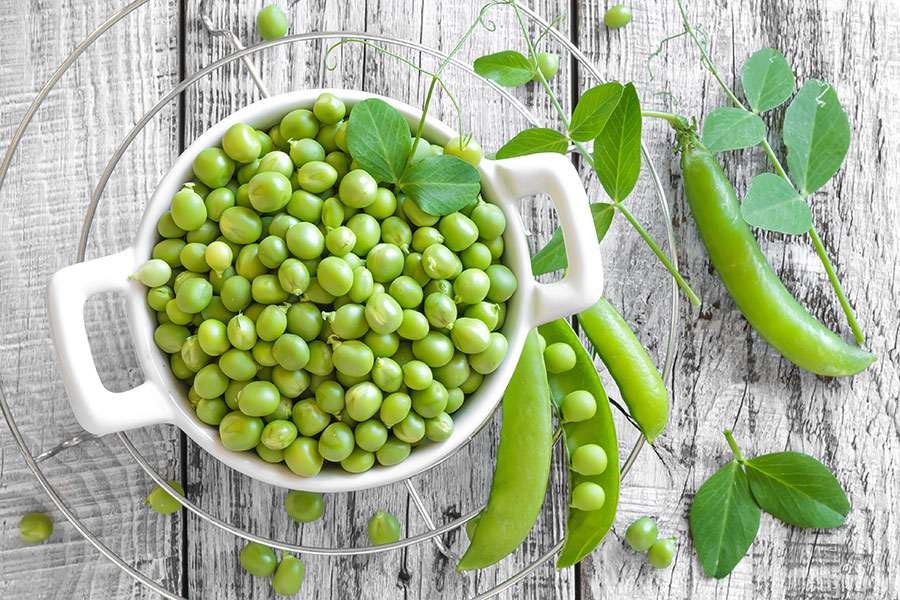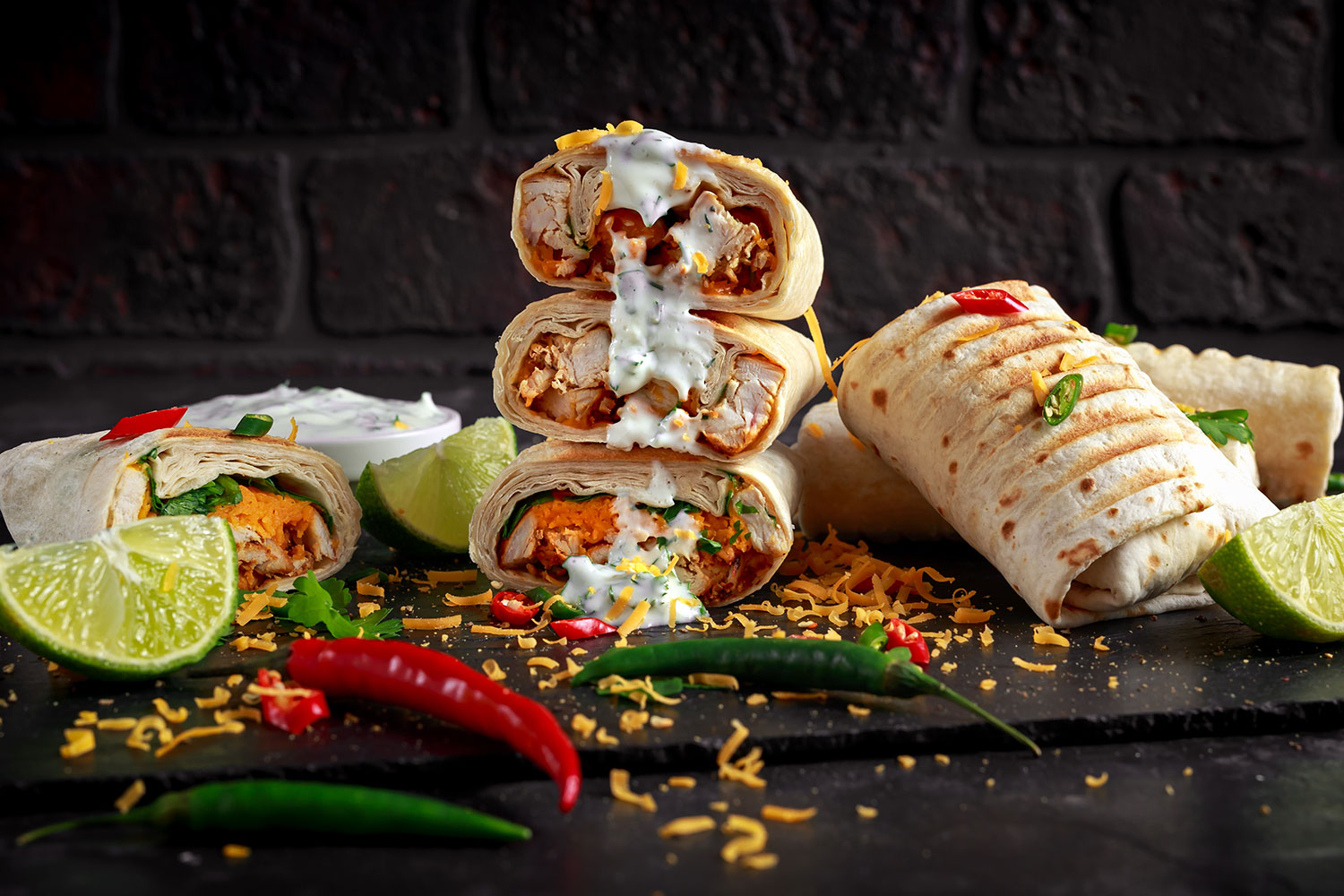Let’s talk about one of the top reasons people typically give for not eating healthy: Healthy foods are too expensive! Well, today we clear up that health myth and give you a guideline on how to eat healthier, buy healthier, and become healthier, all while on a budget.
Eating healthy doesn’t necessarily mean that every item you buy needs to be organic or that your home-cooked recipes need to incorporate expensive specialty ingredients. First, try focusing on what you are willing to eliminate. Items to consider would be fast, over-processed, or (in some cases) frozen foods.
Pro Budgeting Tips:
Buy the generic brand over regular.
- When every penny counts, why buy a premium brand when the generic brand is almost identical? Compare the ingredient list. If you see little to no difference, save yourself the money and go with the cheaper option.

Be smart about where you shop.
- There are a lot of stores out there that sell in bulk. Buying in large quantities can help save you money in the long run.
- Keep food fresh and lasting longer by vacuum sealing and freezing it for future use.

Stop eating ready-to-go foods (or fast food).
- Creating meals from scratch is a great way not only to see what’s going into your food, but it also helps create the healthy habit of meal planning. It’s a great way to train your mind to think about exactly what your body is consuming and to help it make conscious meal decisions.
- Most importantly, quick on-the-go foods add up fast! Most of the time, you won’t even realize how much money is being spent on it until the month-end bank statement arrives. Create a shopping list, plan ahead, and shop smart to save yourself money on foods that aren’t properly fueling your body.

USE LEFTOVERS.
- The importance of this is vital when it comes to saving money on your grocery budget. Leaving yesterday’s forgotten meals behind is like throwing money away! If you don’t like eating the same meal back-to-back, you can always repurpose the ingredients for a fresh (non-costly) new meal!

Beware of seemingly “good” coupons and sales.
- The quality of what you’re eating matters. Food is our body’s fuel. When we buy items that are on sale, but are not necessarily the healthiest, you may be saving money but in the long run you can be creating health issues for your body that may lead to costly medical bills down the line. Try preparing for tomorrow today.

Now let’s get to the real meat of the article – which foods are cheapest and healthiest to buy? Aside from heading to bulk superstores or your closest grocer, consider checking out a local farmers market. Not only are you supporting the farmers and growers of your local community, but you’re buying fresh foods and most of the time the produce being sold is significantly cheaper than what’s sold at the supermarket.
- 100% Whole Wheat Bread
- Almonds
- Apples
- Bananas
- Beets
- Black Beans
- Broccoli
- Brown rice
- Canned or Jarred Marinara Sauce
- Canned Pumpkin
- Canned Refried Beans
- Canned Salmon
- Canned Tomatoes
- Canned Tuna
- Cantaloupe
- Carrots
- Cereal
- Chicken Breasts
- Coffee
- Cottage Cheese
- Dried Lentils
- Edamame (frozen or fresh)
- Eggs
- Frozen Vegetables
- Garbanzo Beans
- Garlic
- Grapes
- Kale
- Kiwi
- Milk
- Oats
- Onions
- Oranges
- Peanut Butter
- Peanuts
- Pears
- Pinto Beans (dry)
- Popcorn
- Pumpkin Seeds
- Quinoa
- Russet Potatoes
- Spinach
- Sweet Potatoes
- Tofu
- Tuna
- Watermelon
- Whey Protein
- Whole-Wheat or Multigrain Pasta
- Winter Squash
- Yogurt
How to get the most for your money –
Whether you’re planning on cooking with the ingredients listed above or you’ve found a healthy grocery deal of your own, keep in mind that certain days of the week could add up to added savings for you due to store sales or sell-by dates.
!! Have a nutrition-related question?
Send it to us here for a chance for it to be a featured QA on Ask Our Dietitian!
It also helps to buy what’s in season as produce and fruit are typically cheapest in their peak seasons! Now the real question is… what will you do with all those savings??
Sources:
- Jennings, Kerri-Ann, and R.D. “12 Superfoods to Help You Eat Healthy for $1 or Less.”EatingWell, EatingWell, 1 Mar. 2018, eatingwell.com/article/17958/12-superfoods-to-help-you-eat-healthy-for-1-or-less/.
- Magee, Elaine. “15 Healthy Foods for About $2.” WebMD, WebMD, webmd.com/food-recipes/features/cheap-healthy-15-nutritious-foods-about-2-dollars#1.
- Schwecherl, Laura. “44 Healthy Foods Under $1.” Greatist, Greatist, 8 July 2016, greatist.com/health/44-healthy-foods-under-1.










I love the information you post, is thee any way I can get it so I can shire this with family and friends please let me know.. or if you can send it to my email it will be gratefully appreciated. thanks.